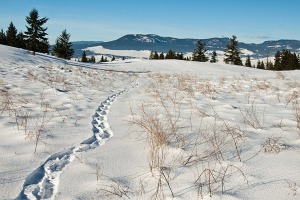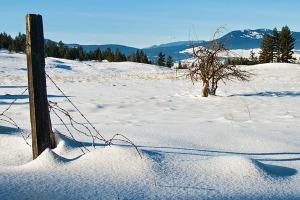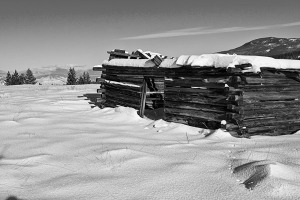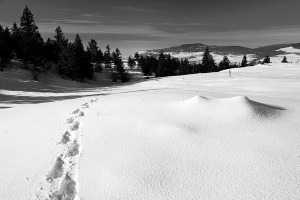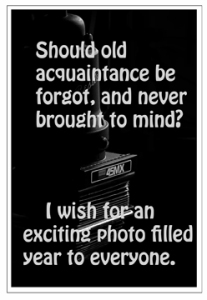I have discussed this topic before, but after a conversation I had about an upcoming photography exhibition in Kamloops with one of the judges and, of course, the heated debate now raging about that $6.5M photo of a canyon, I thought I would revisit it.
Wikipedia’s on-line encyclopedia says, “Fine art photography is photography created in accordance with the vision of the artist as photographer. Fine art photography stands in contrast to representational photography, such as photojournalism, which provides a documentary visual account of specific subjects and events, literally re-presenting objective reality rather than the subjective intent of the photographer; and commercial photography, the primary focus of which is to advertise products or services”.
Photography as art has changed since its beginnings in the mid 1800s, and, in my opinion, with the increased interest in photography because of the ease of making photographs since digital technology became the mainstay, photography as an art interests more and more people.
That art may be nothing more than a screensaver on one’s computer display. Some photographers go further and it is not unusual to see a personal photograph, or one of a friend, framed and hanging on the walls in someone’s home.
I have been interested in photography as an artistic medium for a very long time and have attended many exhibitions of artistic world-renowned photographers. And I think Wikipedia’s definition is worth noting because it separates what it declares as fine art photography from photojournalism and commercial photography, classifications that could divide those photographers in new ways for me.
By the middle of the nineteenth century photographers felt their art should be held in the same exalted status that painters claimed for theirs. Their contention was that it’s the photographer, not the camera that makes the picture. The goal was, and still may be, to convince not only the art community, but also those interested in creative arts that photography is art. Then, as now, the discussion was about whether the different aspects of photography, commercial, photojournalistic, or those created only as personal creative vision should be considered art.
The question photographers can ask is, whether the photograph’s goal is as “visual support”, to “sell a product”, as a “documentary”, or as a creative vision?
I have come to think that definitions like those of Wikipedia’s have changed. Maybe it is the way modern viewers see and use photography. That quickly-snapped portrait of a favorite pet displayed in the owner’s home probably needs an explanation to go along with it, but is cherished enough to be included with the rest of the owner’s art even though art scholars would disagree.
Remember, photographers are still contending with those critics that hold that only painting and sculpture are art and that photography is but a technology. For me the lines have become blurred, and I see photography as an artistic medium equal to others, although I am not altogether secure in categorizing any photographer’s work.
Debates like those in The Guardian newspaper, http://petapixel.com/2014/12/11/columnists-guardian-debate-whether-not-photography-art/ are fun, but in the end forget that the camera is just a tool, absolutely a high technology tool for sure, but a tool just the same, that helps any person to be creative and photographers only need to decide on their own particular style, and what, as Wikipedia states, is “created to fulfill the creative vision of the artist”. What that vision is should be entirely up to the photographer and the audience for whom the image is produced.
I always look forward to readers comments. Thanks, John
My website is at www.enmanscamera.com


